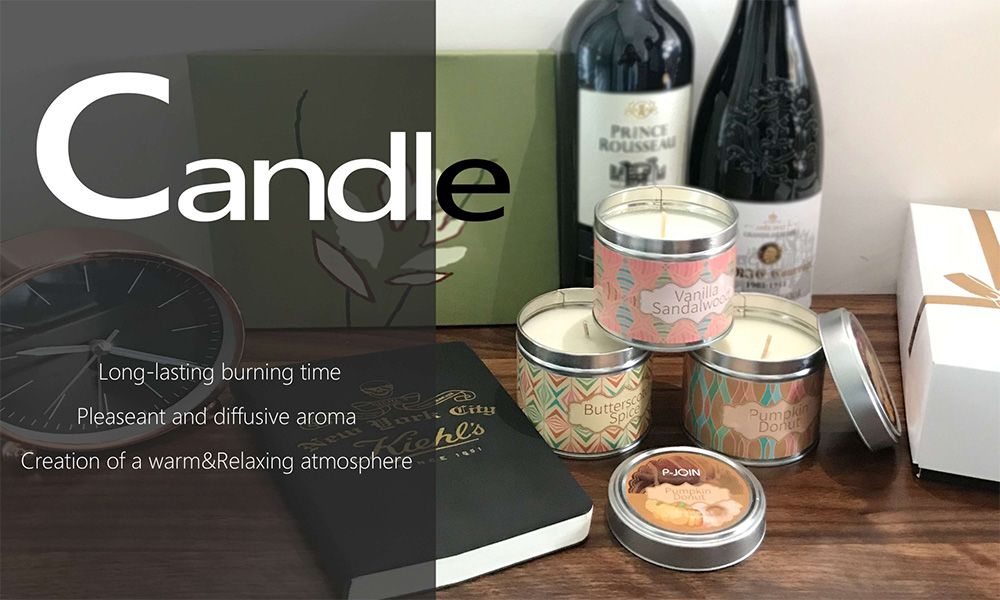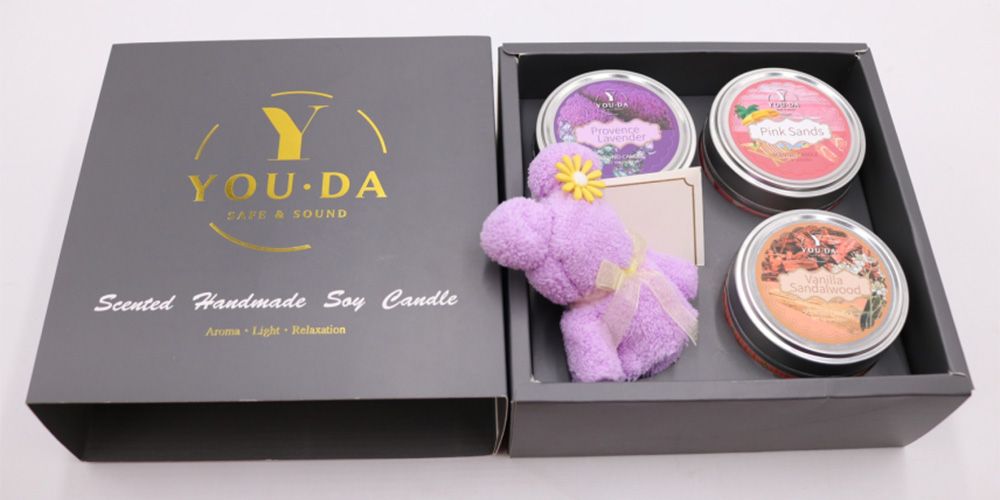Add: Building 13, MAX Innovation Technology Industrial Park, No. 151 Wangjiang Road, Huangdao District, Qingdao City, Shandong Province, China 266510
Tel: +86-18205327350
Fax:
E-mail: info52@florescence.cc
Have you ever had such an experience, a senior scented candle given by a friend or purchased by yourself, when burning, only a hole is burned from the center to the bottom, instead of burning layer by layer, or smoke coming out Blackened the walls? This is most likely due to your wrong usage. Don't worry, let me help you.

--Keep burning evenly
If it is a brand new candle, the length of the first burning determines the service life of the entire candle. "After lighting the candle for the first time, it is best to keep it until the entire surface has melted into a liquid before extinguishing. This process may require two or three hours, or even longer, depends on the surrounding environment, "Maggie explained," using sufficient time to melt the entire surface layer will help the next uniform combustion, if there are still hard solids on the edges of the surface After the next ignition, it is likely to form a state of burning only the middle and burning downward. "
--Trimmed candle wick
If you find that the wall near the candle is black, it is likely that the wick is too long. "If the candle wick is too long, the flames will be too vigorous and black smoke will be emitted. You may even find that the glass near the edge of the candle is very hot and even burned out." Maggie suggested using a wick scissors It is trimmed to 3 to 5 mm long. "This will allow the candle to burn longer, while preventing the wick from falling into the melted candle and disappearing." Trim the wick as the candle cools, and then light it.

--Don't blow it out with your mouth
That's right, everyone blows candles on their birthdays — movies often blow out candles before going to bed. However, Maggie recommends not to blow out scented candles with your mouth. "Sometimes blowing the scented candle hard will make the hot candle liquid splash out, which will not only make the candle itself messy, but also stain the surrounding furniture. So it is better to use a candle extinguisher, which is safer and more elegant than blowing with your mouth. At the same time, it also guarantees the burning quality of the candle. Or, you can also bend the wick into the candle liquid to extinguish the fire extinguisher. This method can also avoid the black smoke generated when blowing out, and the next time it is used , Wicks wrapped with candles are also easier to light. "
--Straighten the wick
If you trim the wick regularly, and also pay attention to the first full combustion, it is reasonable to worry about the deviation of the position of the wick. If, for some reason, your candle wick has fallen over, causing the flame to burn only towards one side, it is necessary to adjust it. When you find that the wick is starting to skew, you need to straighten the candle while it is still warm. Maggie suggested, "Re-centering it will help to keep the burning uniform, avoiding the edges of the glass being burned by overheated flames, causing blackening or even cracking." The specific operation is to use a candle extinguisher to extinguish the candle first, then use the candle The wick scissors push the wick back to the center.

--Remedy uneven burning
If you are not careful, the phenomenon of uneven combustion still occurs, and we still have a way to remedy it. "Take the candle to a warm place to light it. As the candle melts and softens, shift the wick to the direction of insufficient combustion," Maggie suggested. After extinguishing the fire extinguisher, you can also use the top of the wick scissors to gently scrape the unburned candles into the melted candle liquid, and then re-light the candles to let them fuse together to form a uniform surface. Finally, Maggie also recommends that you start with a candle glass cover, which is a glass cover with an open top that covers the outside of the lighted candle; it helps to maintain a balanced temperature around the candle and can also make the candle visual It looks more wonderful.
Hope you can get a little useful information from this article by Maggie.